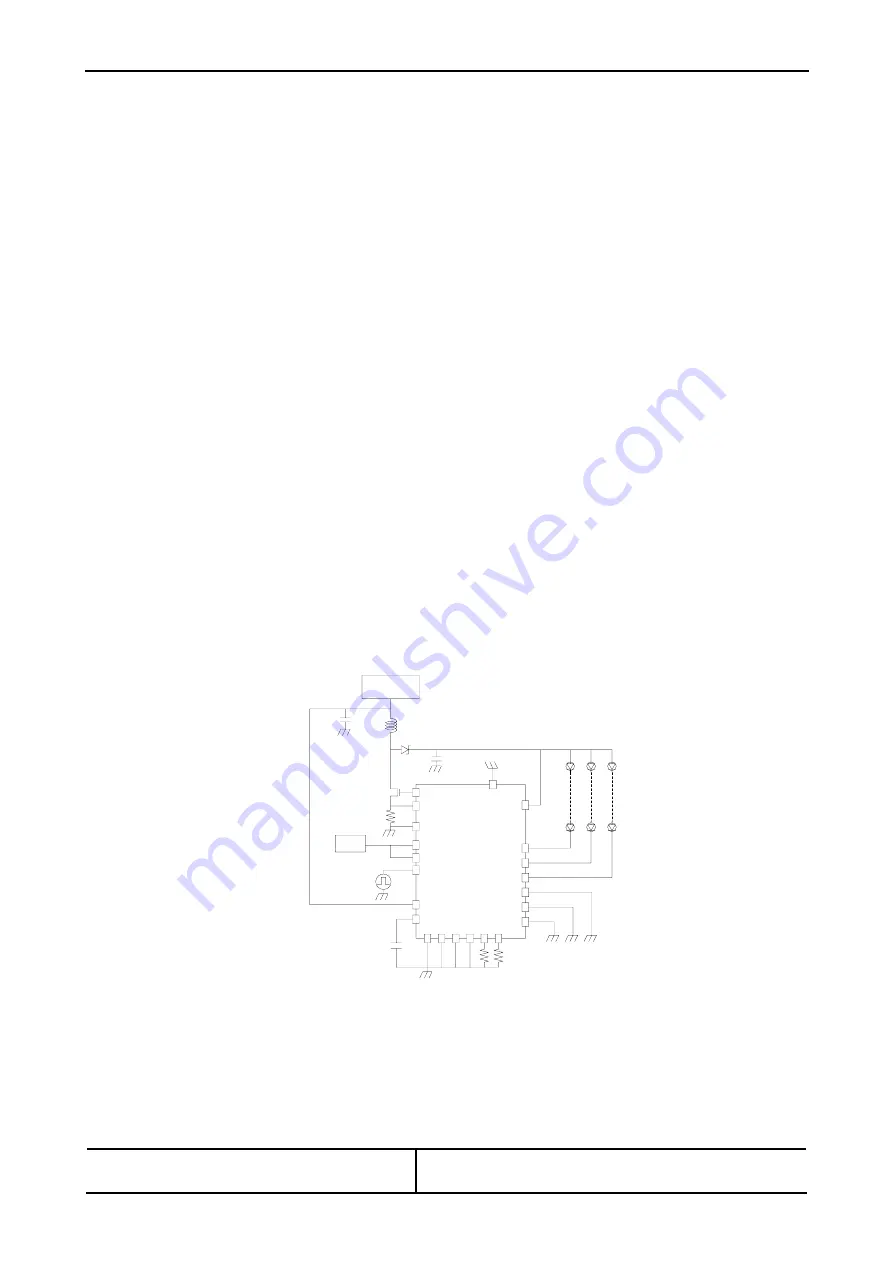
Specification No. TENTATIVE
Sheet
6
Toshiba Matsushita Display Technology Co.,Ltd
Date: 2008 – 11- 07
Date: - -
New No. LTA057A341F-14
Old No.
←
# Special
←&
Addition
←
Change
2-3 DESIGNING FOR BETTER VISIBILITY
1) PANEL ANGLE
Visibility of LCD module deeply depends on the viewing directions. The position and the angle of LCD module in the
system should be designed so that the best visibility can be obtained at the actual usage.
2) WINDOW OPENING
Dimensions of window opening of the system's enclosure should be designed as smaller than "Viewing Area" and
larger than "Active Area" specified in individual specification in order to prevent that a part of screen is interrupted by
the enclosure and disappears.
3) PROTECTIVE COVER/
ULTRA-VIOLET CUT FILTER
In case of severe environmental condition like outdoor usage, a proper transparent protective cover (lens) over LCD
module is recommended, to prevent scratches, invasion of dust and water, etc, between the system housing and the
LCD module.
It is recommended to apply an ultra-violet filter (less than 390nm cut) onto the LCD module, for outdoor operation.
Strong ultra-violet radiation may damage the panel. However, in that case, transmittance-luminance will decrease.
Careful selection of material is required.
Don’t expose any parts, except the viewing area, into the direct sunlight, otherwise deterioration may occur.
2-4 DESIGNING LED POWER SUPPLY CIRCUIT
Make a design of stopping output, when an LED driving circuit becomes no-load (LED, FPC damage).
When the voltage input continuously with no-lighting LED, it may be smoke or fire.
For overcurrent protection, make a design of LED driving circuit with protective circuit (overcurrent
detector etc.).
To drive LED backlight, apply constant electric current by the following circuit diagram as reference. Please refer to
technical note of BD6583MUV (ROHM Co., Ltd.).
For Installation in Assembly
3-1 CARRYING
Hold a metal frame (bezel) part with both hands when carrying a LCD module with hand. Holding FPC may cause
failures, in the worst case, it may cause smoke and/or fire.
SENSN
SENSP
SW
RSTB
PWMPOW
PWMDRV
VBAT
VREG
GND GND GND GND
TEST
ISETL
VDET
LED1
LED2
LED3
LED4
LED5
LED6
FAILSEL
BATTERY
ON/OFF
←
Each 15mA
200Hz
PWM
100mΩ
RTR020N05
4.7μH
10pF
2.2μF
1pF
POWER
3parallel
68kΩ
30k
Ω
BD6583MUV
ROHM Co.,Ltd.








































